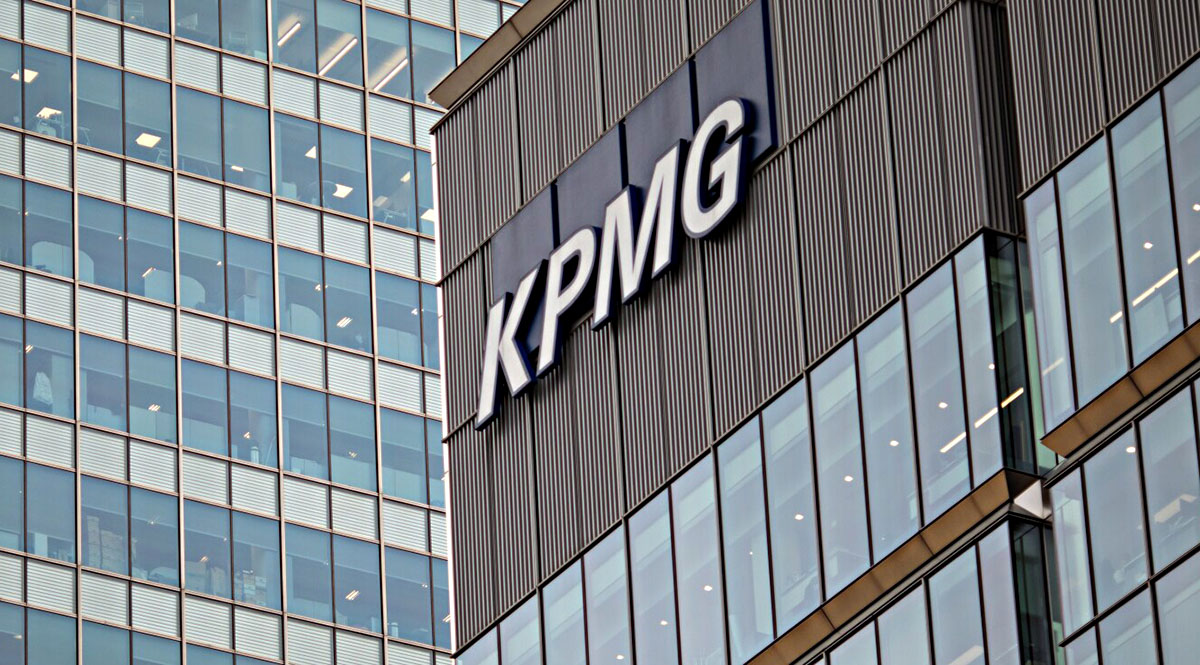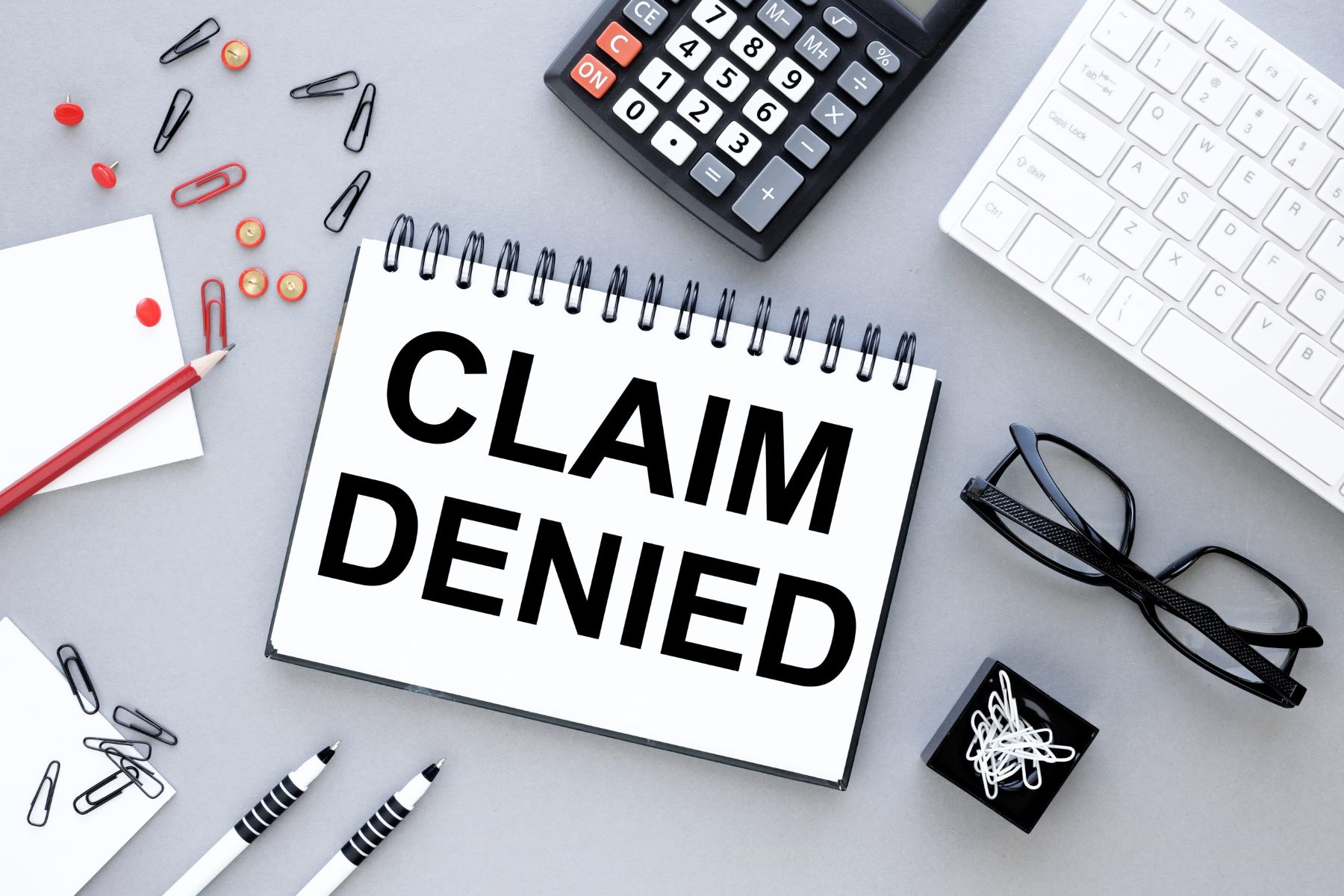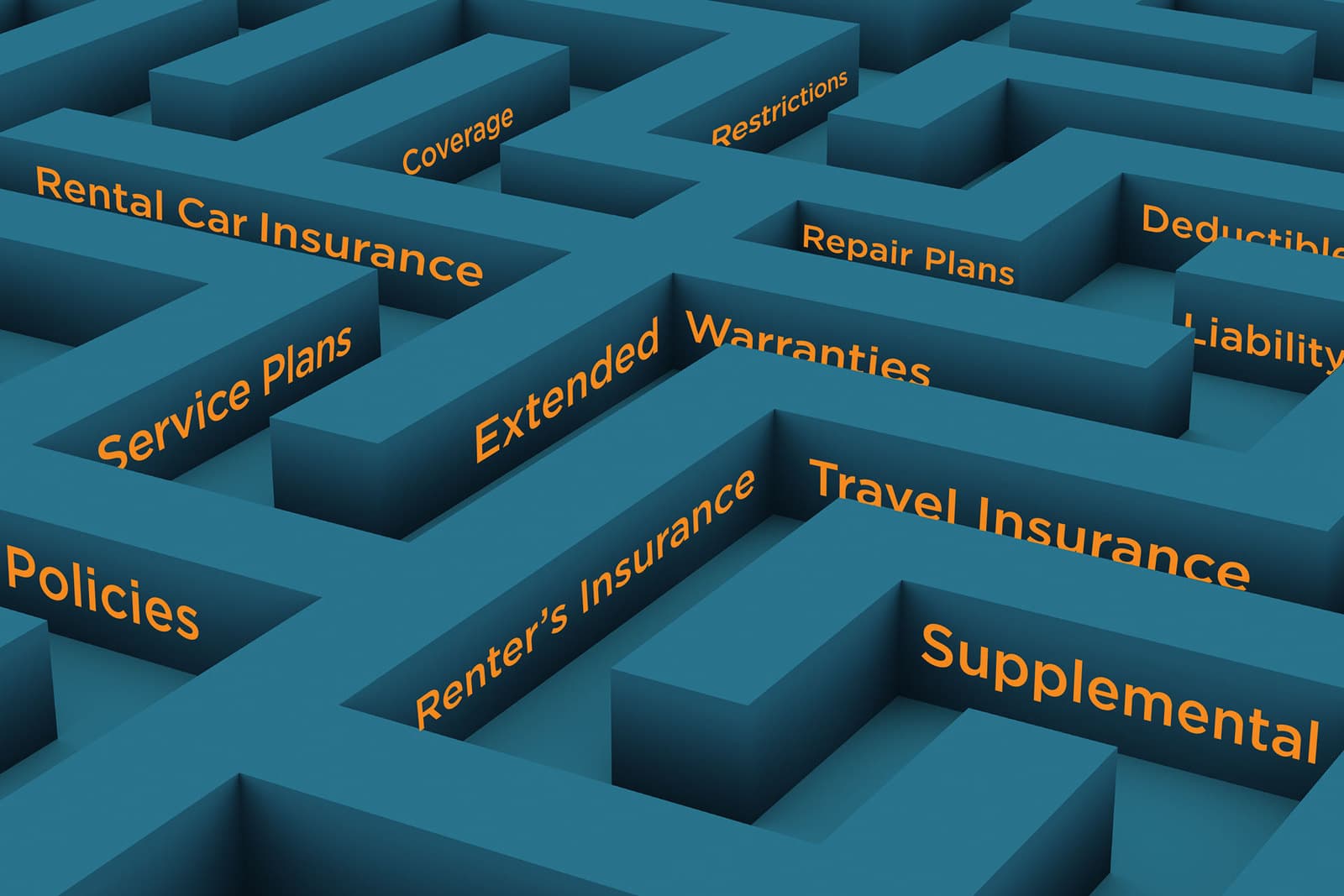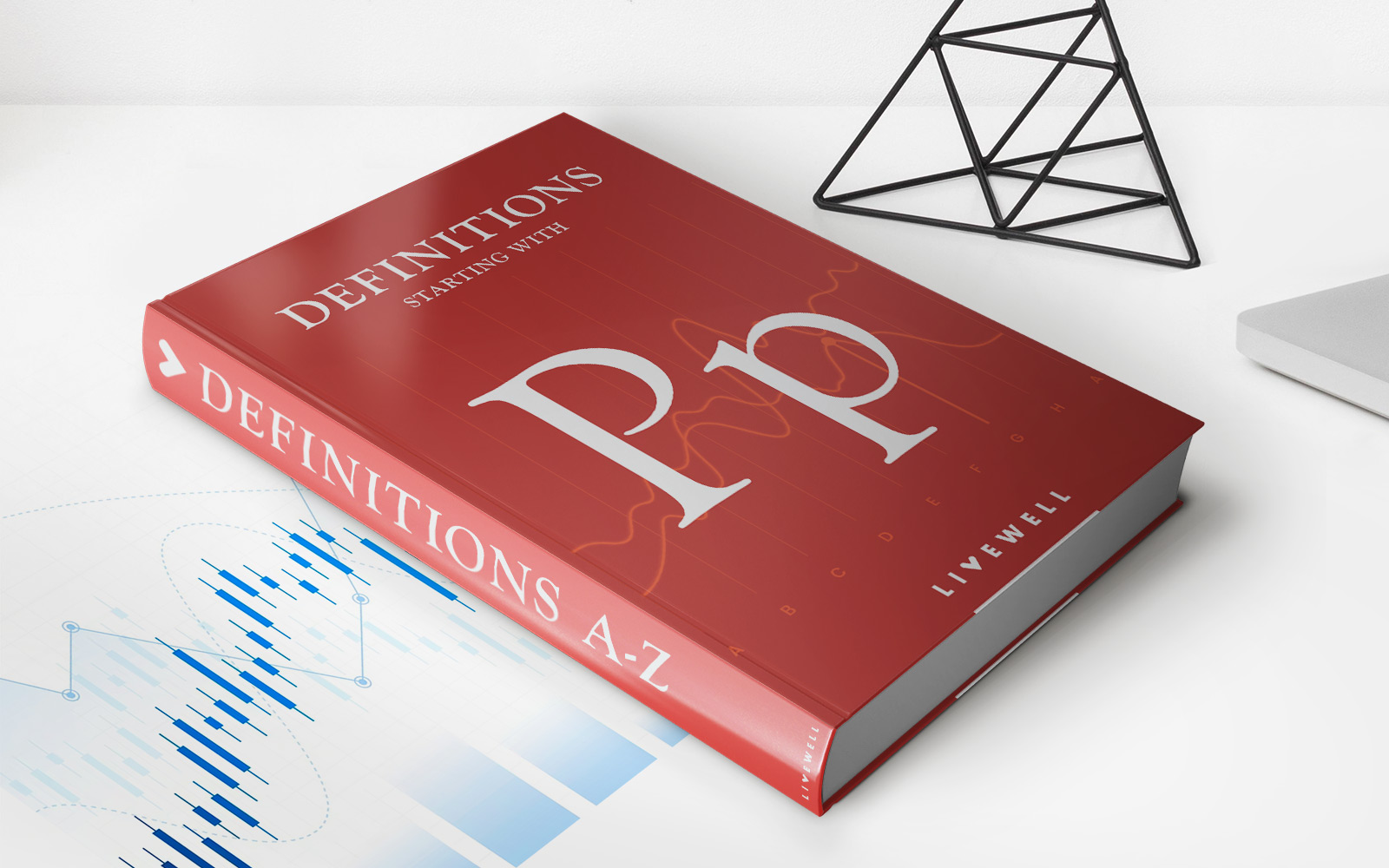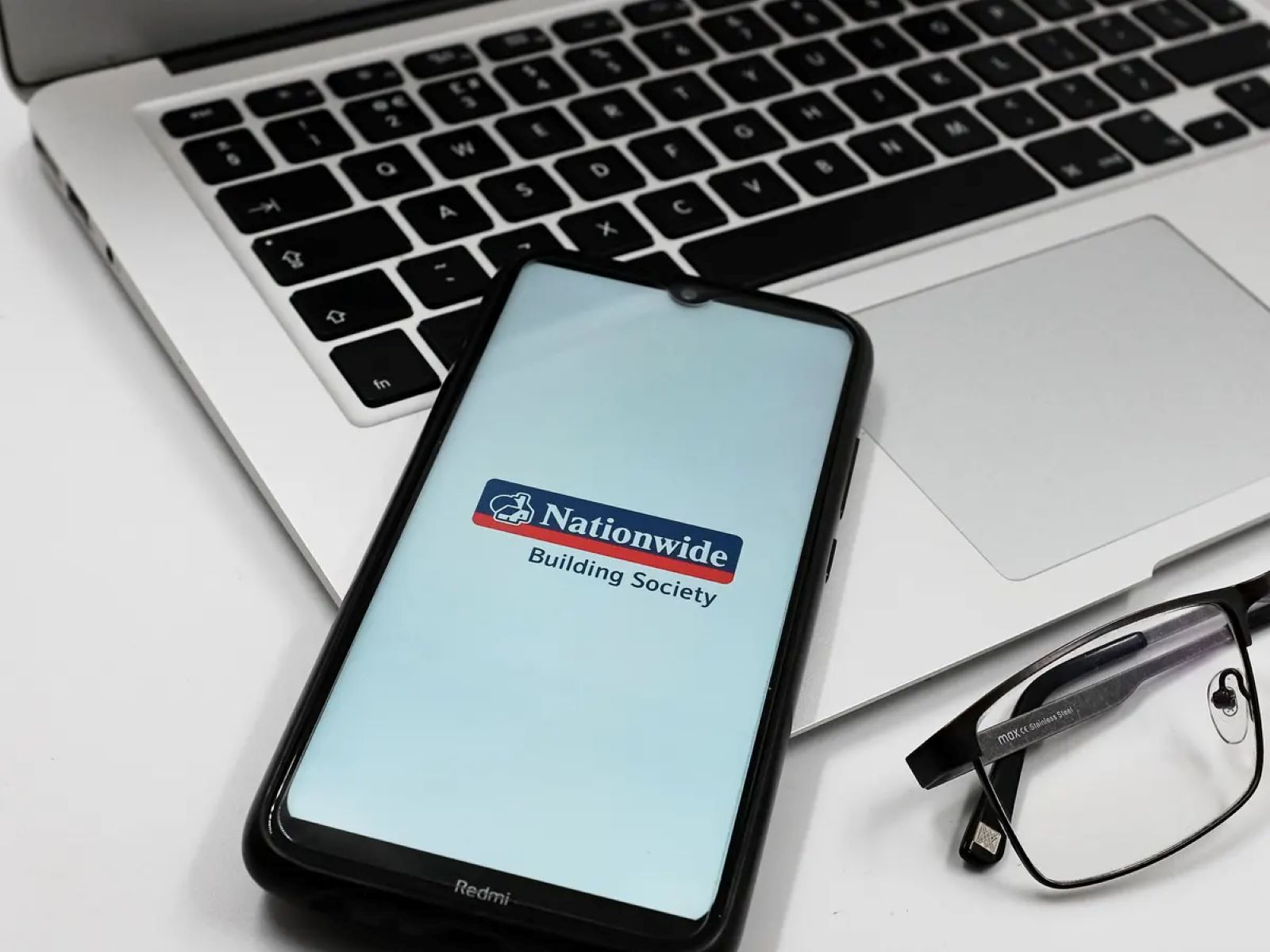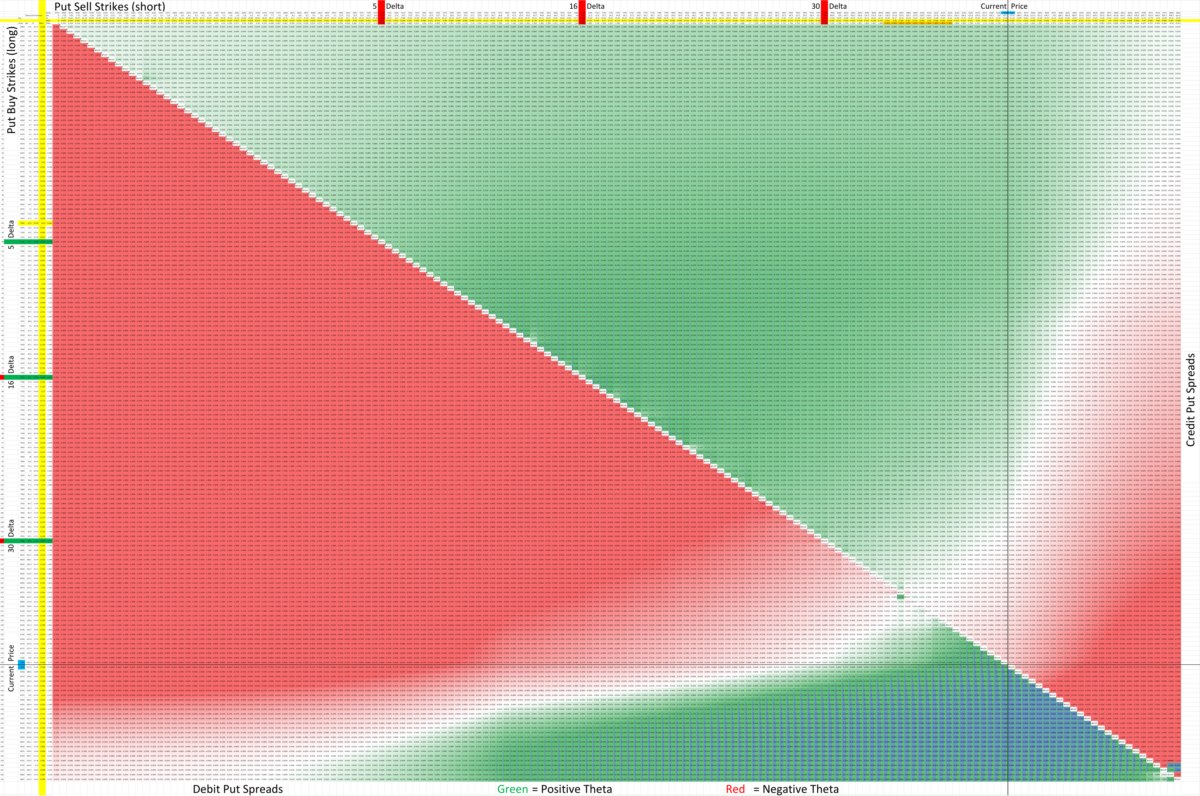Home>Finance>What Is Service Line Coverage On Homeowners Insurance?
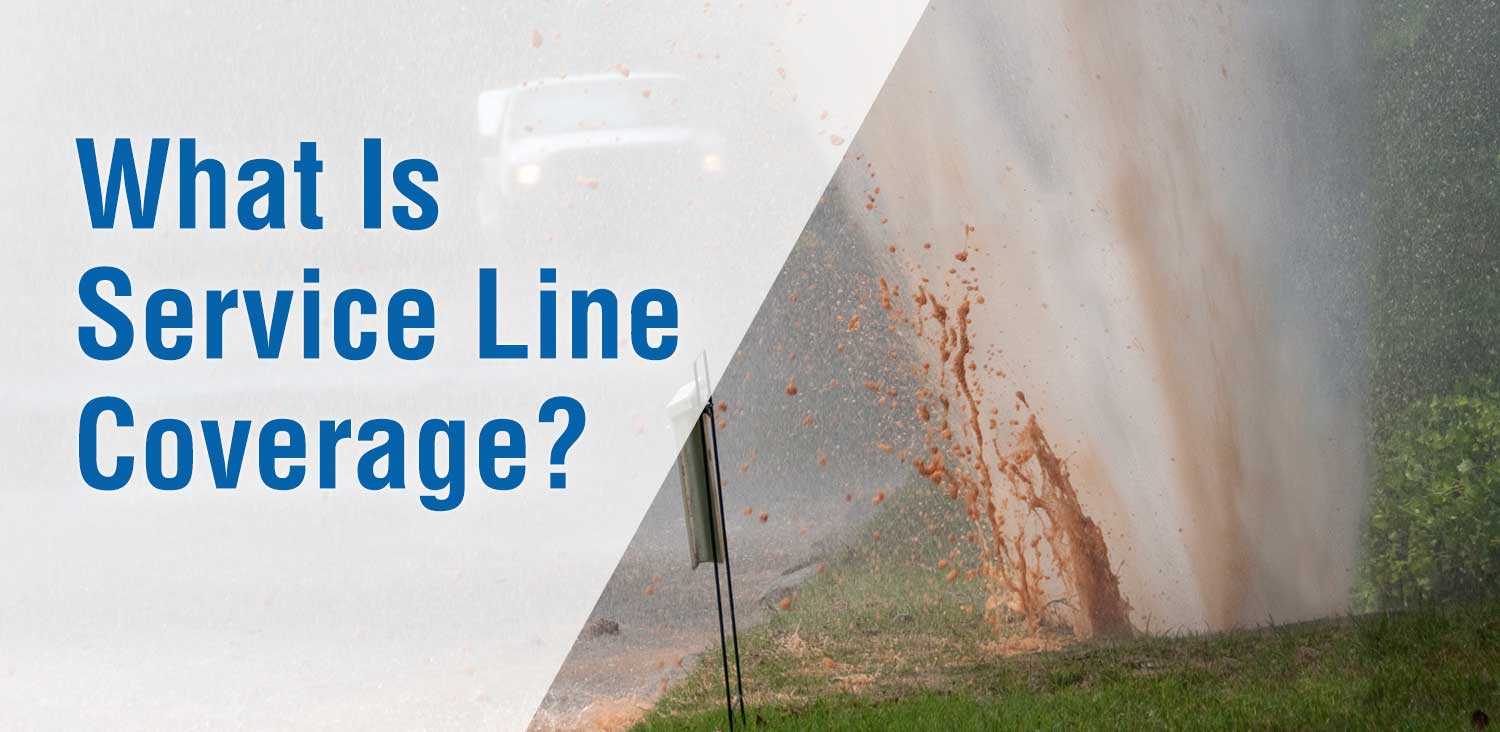

Finance
What Is Service Line Coverage On Homeowners Insurance?
Modified: March 1, 2024
Learn about service line coverage on homeowners insurance and how it can protect your finances in case of unexpected repairs or damages.
(Many of the links in this article redirect to a specific reviewed product. Your purchase of these products through affiliate links helps to generate commission for LiveWell, at no extra cost. Learn more)
Table of Contents
Introduction
Welcome to the world of homeowners insurance, where you strive to protect your precious investment – your home. While you may have heard about the standard coverage options like dwelling protection, personal property coverage, and liability insurance, there’s another important aspect you need to consider: service line coverage.
Service line coverage is a type of insurance that provides financial protection for underground utility lines on your property. These utility lines can include water lines, sewer lines, electrical lines, and more. While they may be out of sight, they play a crucial role in providing essential services to your home. And just like any other component of your home, they can suffer from damage or even break down over time.
Think of it this way: if a water main that supplies water to your home suddenly bursts, causing extensive damage to your property, who would foot the bill to repair the water line and any subsequent damage to your lawn or foundation? This is where service line coverage comes into play.
Service line coverage is designed to protect homeowners from the high costs associated with repairing or replacing damaged utility lines. It offers coverage for not only the repair or replacement of the lines themselves but also any resulting damage to your property as a result of the line failure. Without this coverage, you could find yourself facing hefty repair bills that can quickly eat into your savings.
Now that we’ve introduced service line coverage, let’s explore in more detail what it includes, why you need it, how it works, and how you can add it to your homeowners insurance policy.
What is Service Line Coverage?
Service line coverage is a specialized insurance policy that provides financial protection in the event of damage, failure, or breakdown of underground utility lines on your property. These utility lines, which can include water lines, sewer lines, electrical lines, gas lines, and more, are essential for the proper functioning of your home. However, they can be susceptible to various risks, such as corrosion, tree root intrusion, freezing temperatures, or accidental damage during construction or landscaping projects.
With service line coverage, you can have peace of mind knowing that you’re protected from the potentially expensive repair and replacement costs associated with damaged utility lines. This coverage typically includes the repair or replacement of the utility lines themselves, as well as coverage for any resulting property damage, such as damage to your lawn, landscaping, or foundation. Some policies may also cover additional expenses, such as excavation, permits, and temporary accommodations if your home becomes uninhabitable due to the service line issue.
It’s important to note that service line coverage is different from the standard homeowners insurance policy. While homeowners insurance typically covers damage to the physical structure of your home, personal property, and liability issues, it may not include coverage for the repair or replacement of service lines. That’s why it’s crucial to understand what your standard policy includes and consider adding service line coverage as an additional layer of protection.
Furthermore, service line coverage can be particularly valuable for older homes or properties located in areas with known risks for utility line damage. As utility lines age, they become more prone to deterioration and failure. By having service line coverage in place, you can have financial protection against the inevitable wear and tear that occurs over time.
Overall, service line coverage is a valuable addition to your homeowners insurance policy, offering you peace of mind and financial security in the face of unexpected utility line issues. Now that we have a better understanding of what service line coverage entails, let’s delve into what it includes and why it’s important to have.
What does Service Line Coverage include?
Service line coverage provides protection for a range of underground utility lines on your property. While the specific coverage can vary depending on the insurance provider and policy, here are some common elements that are typically included:
- Repair or Replacement of Service Lines: Service line coverage typically covers the cost of repairing or replacing damaged utility lines. This includes water lines, sewer lines, electrical lines, gas lines, and more. If a covered event occurs, such as a line break or collapse, the insurance policy will pay for the necessary repairs or replacement.
- Damage to Property: In addition to covering the service lines themselves, service line coverage often includes coverage for property damage caused by the line failure. This can include damage to your lawn, landscaping, foundation, or other structures on your property. Whether it’s the cost of removing and replacing tree roots that have infiltrated the sewer line or repairing your lawn after a water line break, the policy can help cover these expenses.
- Additional Expenses: Some service line coverage policies may also provide coverage for additional expenses related to the line break or failure. This can include costs such as excavation, permits, and temporary accommodations if your home becomes uninhabitable due to the service line issue.
- Professional Fees: In the event of a covered service line issue, the insurance policy may also cover professional fees associated with assessing and repairing the problem. This can include fees charged by plumbers, electricians, or other professionals involved in the repair or replacement process.
- Coverage for Wear and Tear: Service line coverage can extend beyond sudden, accidental damages to also cover wear and tear that occurs over time. This can be particularly beneficial for older homes or properties located in areas with known risks for utility line deterioration.
It’s important to review the specific terms and conditions of your insurance policy to understand the exact coverage details and any limitations or exclusions that may apply. Different insurance providers may have variations in coverage and policy terms, so it’s essential to read the fine print and clarify any questions with your insurance agent.
Now that we’ve explored what service line coverage includes, let’s move on to why having this coverage is crucial for homeowners.
Why do I need Service Line Coverage?
Service line coverage is becoming increasingly important for homeowners due to several key reasons:
- Financial Protection: One of the primary reasons homeowners need service line coverage is for financial protection. Repairing or replacing damaged utility lines can be extremely costly, and the expenses can quickly add up. Without service line coverage, you may have to bear the full financial burden of these repairs, which can potentially drain your savings or put a strain on your budget. By having service line coverage, you can transfer the financial risk to the insurance company and have peace of mind knowing that you’re covered in the event of a service line issue.
- Exclusions in Standard Homeowners Insurance: While homeowners insurance policies typically cover damage to the physical structure of your home, personal property, and liability issues, they may not provide coverage for repair or replacement of service lines. Without service line coverage, you may be left unprotected against unexpected line failures that can cause significant damage to your property. It’s important to review your homeowners insurance policy to understand what is and isn’t covered and consider adding service line coverage to fill any gaps in protection.
- Aging Infrastructure: Many homes, especially older ones, have aging infrastructure, including utility lines. As these lines deteriorate over time, they become more susceptible to damage or failure. If you live in an older home or an area with known risks for deteriorating utility lines, having service line coverage becomes even more crucial. It can provide financial protection against the wear and tear that naturally occurs and help you avoid substantial out-of-pocket expenses to repair or replace these aging lines.
- Unforeseen Events: Service line issues can occur without warning due to various unforeseen events. Whether it’s a tree root intrusion, freezing temperatures that cause pipes to burst, or accidental damage during construction or landscaping projects, these events can lead to significant damage to your utility lines. Given the unpredictable nature of these incidents, having service line coverage ensures that you’re prepared for the unexpected and have the necessary financial support to address any resulting damages.
- Potential Cost Savings in the Long Run: While service line coverage does come at an additional cost, it can potentially save you a significant amount of money in the long run. The expenses associated with repairing or replacing service lines can be substantial, and without coverage, you may have to bear the full financial burden. By paying a relatively modest premium for service line coverage, you can avoid the high out-of-pocket expenses that could arise from a line failure and protect your hard-earned assets.
Considering these reasons, it’s clear that having service line coverage is essential for homeowners seeking to protect their investment and mitigate the financial risks associated with service line failures. In the next section, we’ll explore how service line coverage works to provide the necessary financial support in case of an issue.
How does Service Line Coverage work?
Service line coverage works by providing financial protection and reimbursement for repair or replacement costs associated with damaged or failed utility lines on your property. Here’s a breakdown of how service line coverage typically works:
- Identify Covered Events: Service line coverage is triggered by specific covered events, such as a line break, collapse, or other forms of damage. These events are typically outlined in the insurance policy, so it’s important to review and understand what is covered.
- Report the Issue: If you experience a service line problem, such as a water line break or sewer line collapse, you should promptly report the issue to your insurance provider. Be prepared to provide details such as when the problem started, any visible damage, and any symptoms or signs of the issue.
- Evaluate the Damage: After you report the issue, the insurance provider will typically send an adjuster or representative to assess the damage and determine the extent of the repair or replacement needed. They may also inspect any resulting property damage caused by the service line issue.
- Repair or Replacement Process: Once the damage is assessed, the insurance company will work with you to coordinate the repair or replacement process. They may provide a list of approved contractors or allow you to choose your own, depending on the policy terms. It’s important to follow the guidelines set by the insurance company to ensure coverage.
- Reimbursement for Costs: After the service line repair or replacement is completed, you will submit the necessary documentation, including invoices and receipts, to the insurance company for reimbursement. The insurance company will review the documentation and reimburse you for the covered expenses, up to the policy limits.
- Coverage Limits and Deductibles: Service line coverage typically has policy limits, which represent the maximum amount the insurance company will pay out for a covered service line issue. Additionally, there may be a deductible, which is the amount you’re responsible for paying out of pocket before the insurance coverage kicks in. It’s important to review your policy to understand these limits and deductibles.
It’s worth noting that service line coverage may have certain exclusions or limitations, which can vary among insurance providers. For example, some policies may exclude coverage for service lines that are not located on your property or for issues caused by neglect or wear and tear. It’s crucial to thoroughly read and understand your insurance policy to be aware of any limitations and ensure you meet the necessary criteria for coverage.
By having service line coverage in place, you can have peace of mind knowing that you have financial protection and support in case of a service line issue. In the next section, we’ll discuss the cost considerations of service line coverage.
How much does Service Line Coverage cost?
The cost of service line coverage can vary depending on several factors, including your location, the age and condition of your home, the coverage limits you choose, and the insurance provider you select. While specific pricing details will vary, here are some factors that can influence the cost of service line coverage:
- Property Location: The location of your property can impact the cost of service line coverage. Areas with a higher risk of utility line issues or a history of line failures may have higher premiums compared to areas with lower risks.
- Home Age and Condition: Older homes or properties with aging infrastructure may be considered higher risk when it comes to service line failures. As a result, the cost of coverage for these properties may be slightly higher compared to newer homes with newer utility lines.
- Coverage Limits: The coverage limits you choose for your service line coverage will also influence the cost of the policy. Higher coverage limits will typically result in higher premiums, as they provide greater financial protection in the event of a service line issue.
- Deductibles: Just like other insurance policies, service line coverage may have a deductible. The deductible is the amount that you’re responsible for paying out of pocket before the insurance coverage kicks in. Higher deductibles can result in lower premiums, but it’s essential to choose a deductible amount that you can comfortably afford.
- Insurance Provider: Different insurance providers have different pricing structures and methodologies for calculating premiums. It’s advisable to shop around and obtain quotes from multiple insurers to find the best coverage at a competitive price.
While the cost of service line coverage is an additional expense, it’s important to weigh it against the potential financial risks of not having this coverage. Repairing or replacing a damaged service line can be a costly endeavor, and without coverage, the financial burden falls solely on the homeowner. By paying a relatively modest premium for service line coverage, you can protect yourself from these significant out-of-pocket expenses.
Remember, the cost of service line coverage may vary based on your unique circumstances, and it’s recommended to consult with an insurance agent or representative to get an accurate quote based on your specific needs and property details.
In the next section, we’ll explore how you can add service line coverage to your homeowners insurance policy.
How do I add Service Line Coverage to my homeowners insurance?
Adding service line coverage to your homeowners insurance policy is a relatively straightforward process. Here are the steps you can take to add this important coverage:
- Contact Your Insurance Provider: Start by reaching out to your insurance provider and inquire about adding service line coverage to your existing policy. They will guide you through the process and provide you with the necessary information.
- Understand the Coverage Options: Your insurance provider will explain the service line coverage options available to you. They will outline the coverage limits, deductibles, and any additional terms or conditions that may apply.
- Assess Your Coverage Needs: Consider your specific property and financial circumstances to determine the amount of coverage you need. Assess factors such as the age of your home, the condition of the utility lines, and any known risks associated with your location.
- Review the Policy Details: Carefully review the terms and conditions of the service line coverage policy. Understand what is covered, any exclusions or limitations, and the process for filing a claim should a service line issue occur.
- Determine the Premium: Request a premium quote from your insurance provider based on the coverage options you’ve selected. Consider the affordability of the premium in relation to the potential financial risks of not having service line coverage.
- Make an Informed Decision: Evaluate the cost of the coverage, the reputation and reliability of the insurance provider, and the terms of the policy. Use this information to make an informed decision about whether to add service line coverage to your homeowners insurance policy.
- Update Your Policy: If you decide to proceed with adding service line coverage, inform your insurance provider of your decision. They will make the necessary updates to your policy and provide you with the documentation confirming the inclusion of service line coverage.
It’s important to note that the process for adding service line coverage may vary depending on your specific insurance provider. Some providers may offer it as an optional add-on within their policy, while others may require the purchase of a separate endorsement or rider to your existing homeowners insurance policy.
Remember to keep your insurance policy documents in a safe and easily accessible place so that you can reference them if needed. If you have any questions or need clarification on your coverage, don’t hesitate to reach out to your insurance provider or agent.
By adding service line coverage to your homeowners insurance policy, you’ll have peace of mind knowing that you’re protected from the financial burdens associated with damaged or failed utility lines. Now, let’s wrap up our discussion.
Conclusion
Service line coverage is a crucial aspect of homeowners insurance, providing financial protection against the costly repair and replacement of damaged utility lines on your property. By understanding what service line coverage includes, why it’s necessary, how it works, and how to add it to your homeowners insurance, you can make informed decisions to safeguard your investment and mitigate potential financial risks.
Service line coverage offers peace of mind, ensuring that you won’t be left with hefty repair bills or out-of-pocket expenses if a service line issue occurs. It covers not only the repair or replacement of utility lines but also any resulting property damage caused by the line failure, such as damage to your lawn or foundation.
While the cost of service line coverage may vary based on factors such as property location, home age, coverage limits, and insurance provider, it is a worthwhile investment considering the potential financial risks associated with service line failures. By paying a modest premium, you can protect your savings and avoid the burden of unexpected repairs.
If you’re interested in adding service line coverage to your homeowners insurance, simply contact your insurance provider. They will guide you through the process, provide you with coverage options, and explain the terms and conditions. Remember to review the policy details carefully and assess your coverage needs before making a decision.
With service line coverage in place, you can face the future with confidence, knowing that your most critical utility lines are protected. By taking this proactive step, you’re ensuring the continued functionality and value of your property while safeguarding your financial well-being.
As always, it’s recommended to consult with your insurance provider or agent for personalized advice and guidance regarding service line coverage and your specific insurance needs. They can help you navigate the process and address any questions or concerns you may have.
Protect your home, protect your investment, and rest easy knowing that service line coverage has you covered in the event of utility line issues.

